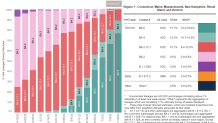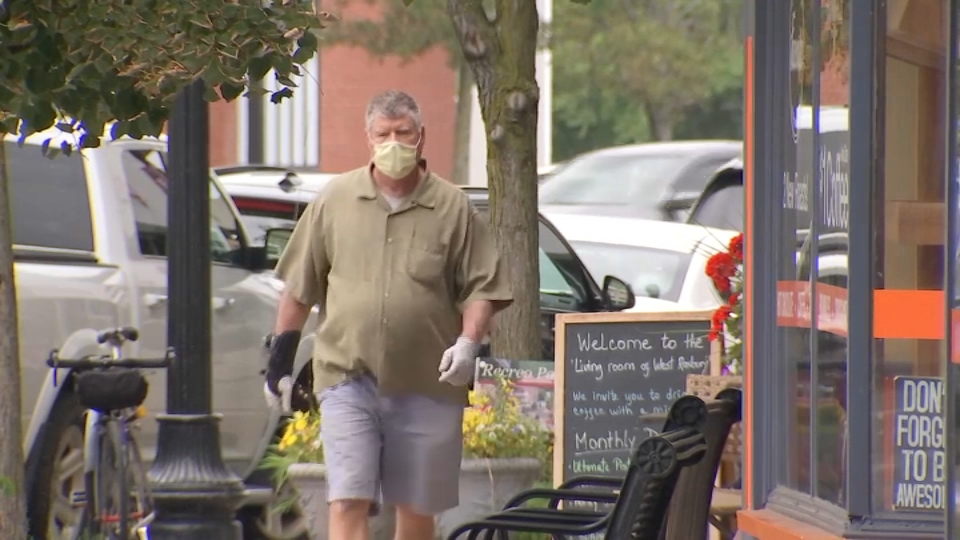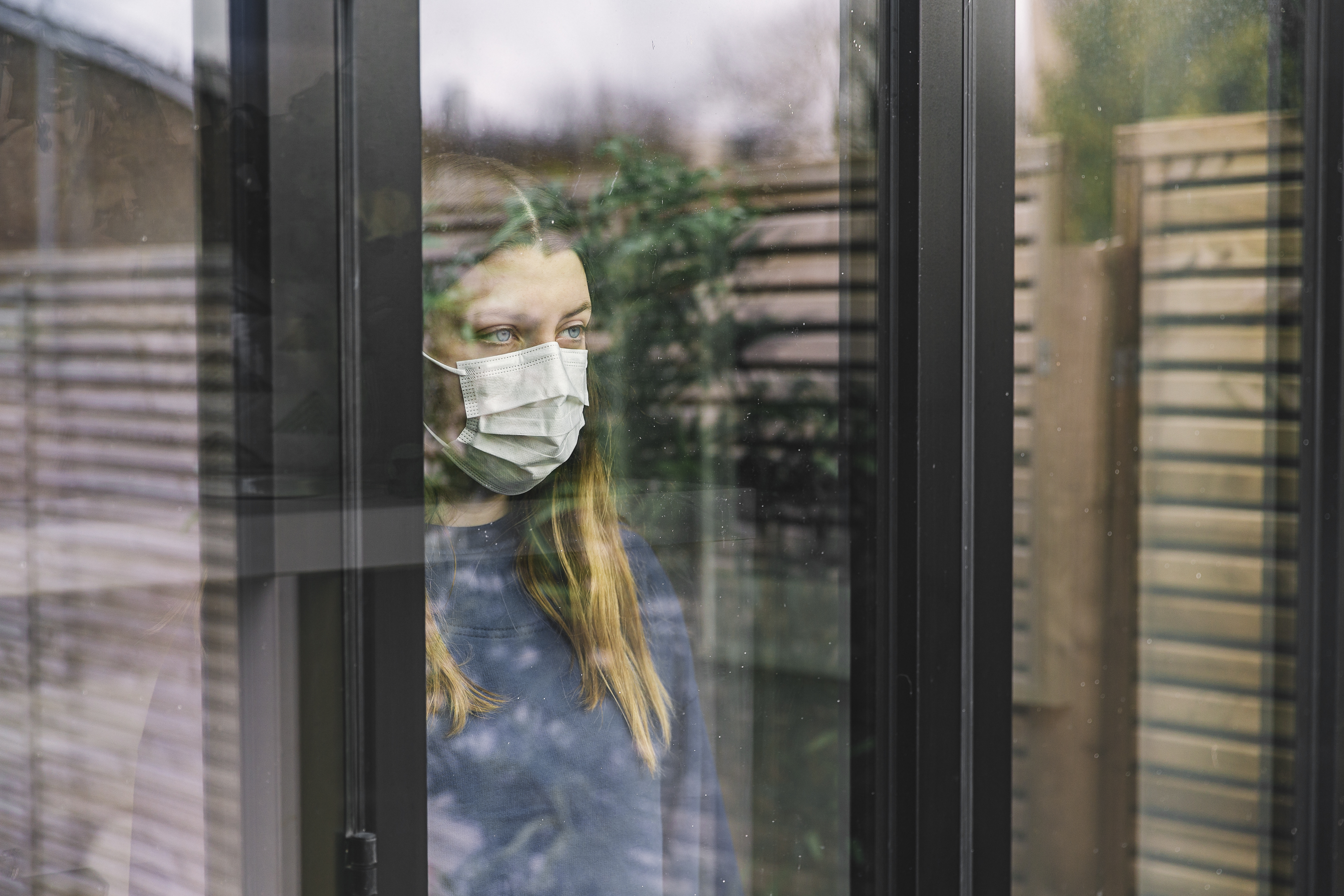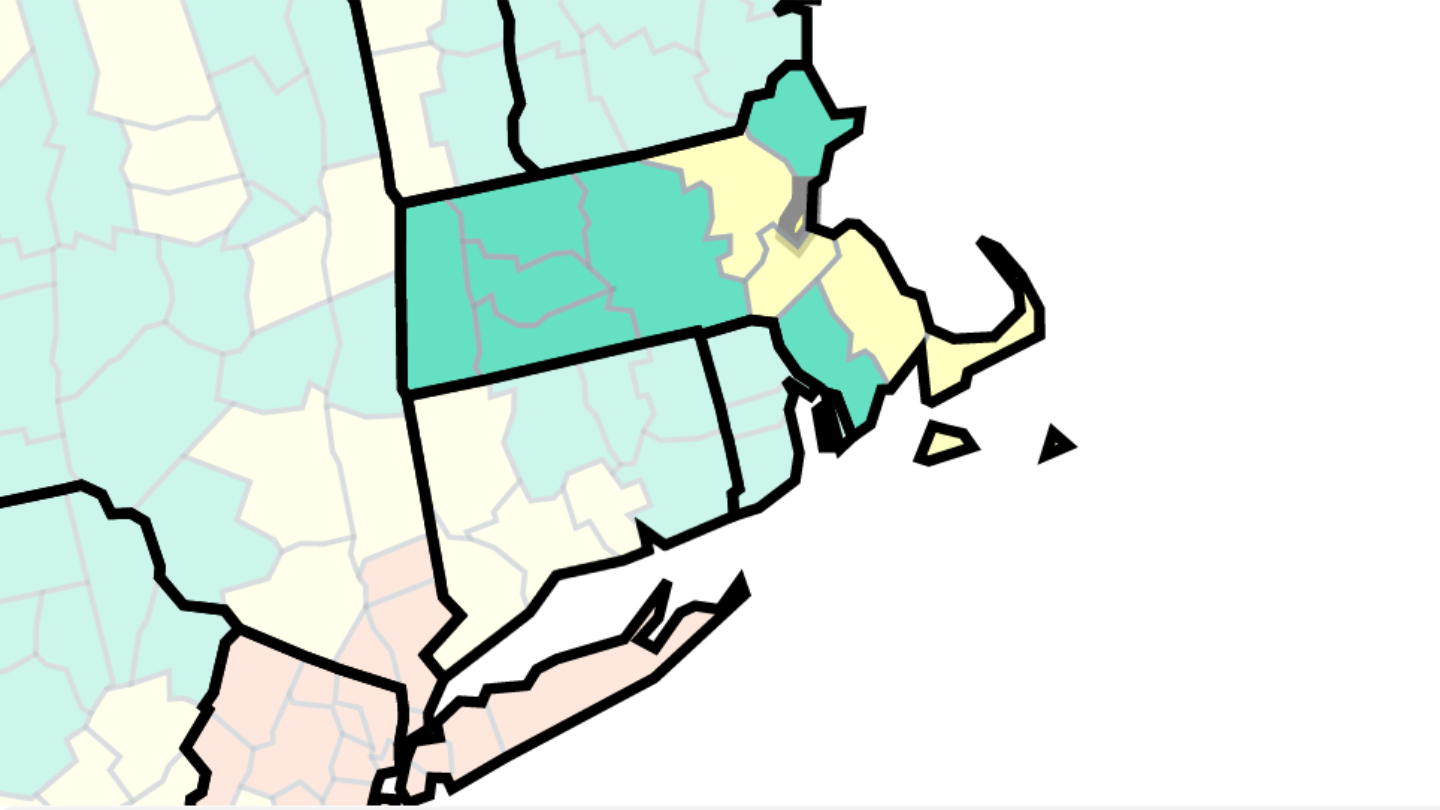The highly-contagious BA.4 and BA.5 omicron subvariants now account for about 90% of all COVID-19 cases in New England and across the U.S., according to Tuesday's update from the U.S. Centers for Disease Control and Prevention.
The BA.5 variant is now responsible for 77.1% of the region's cases, followed by BA.4 at 12.3%, BA.2.12.1 at 10.1% and BA.2 at 0.5%.
Until last month, BA.4 and BA.5 hadn't made major inroads in the U.S., but that has changed dramatically in recent weeks.
The latest data shows the two new subvariants have begun to spread rapidly, going from 24% to 89% of all cases in New England in the last four weeks. Nationally, BA.4 and BA.5 cases make up 90% of COVID-19 cases, up from 70% two weeks ago.
Get Boston local news, weather forecasts, lifestyle and entertainment stories to your inbox. Sign up for NBC Boston’s newsletters.

Doctors have warned in recent weeks that BA.4 and BA.5 could result in another outbreak here in the near future. Cases continue to rise in places like the U.K. and China, prompting some to consider a new round of lockdowns or mask mandates.
Boston issued a new COVID warning on Friday as cases continue to increase, including new mask guidance.
Over the past seven days, new COVID cases in Boston have increased by 38.9%. These new infections are driving up the city's positivity rate, which stands at just over 10%. There have also been about 151 people in the hospital with COVID each day over the past seven days. Instances of severe illness, however, remain low.
Doctors: 'A lot of frenzy' around BA.5
Two top Boston doctors spoke about what the rise of these subvariants means for New England and whether residents should be concerned during a "COVID Q&A" discussion with NBC10 Boston this week.
"I mean, you know, this is what omicron does," said Dr. Shira Doron of Tufts Medical Center. "We keep seeing this, it splits off into subvariants. And those subvariants, when they have a growth advantage, become the predominant strain in circulation."
"There's a lot of frenzy and a bit of panic about this particular subvariant. But I'm not necessarily convinced that it's different from any of the others that we've seen thus far. You know, I like to say don't confuse the importance of being prepared for the worst with an inevitability of the worst. We have a high predominance now of BA.5, and you know, really only a gentle increase in cases, hospitalizations, and relatively actually stable wastewater and low deaths. At this point, you'd like them to be lower, obviously."
"I agree completely with what Dr. Doron said," Dr. Daniel Kuritzkes of Brigham and Women's Hospital said. "I mean, I think what we're seeing is a replacement of previously circulating variants with BA.5, but it doesn't seem to be causing a real surge, not like what we saw with the BA.1 when omicron first emerged in early December, and then throughout January and into February, we really saw a huge huge spike in cases."
"But we're not nearly as low now as we were last summer at this point," he added. "But we're seeing a relatively stable number of cases, and it's fluctuating up and down a little bit. But it's not really a huge surge. And so I think it's just a matter of BA.5 being better adapted to people who remain susceptible to COVID-19 because they were infected so long ago or because their vaccine is wearing off, or both, but they're not getting severely ill, and that's the important point."
Click here to learn more about the symptoms associated with the BA.4 and BA.5 omicron subvariants.




